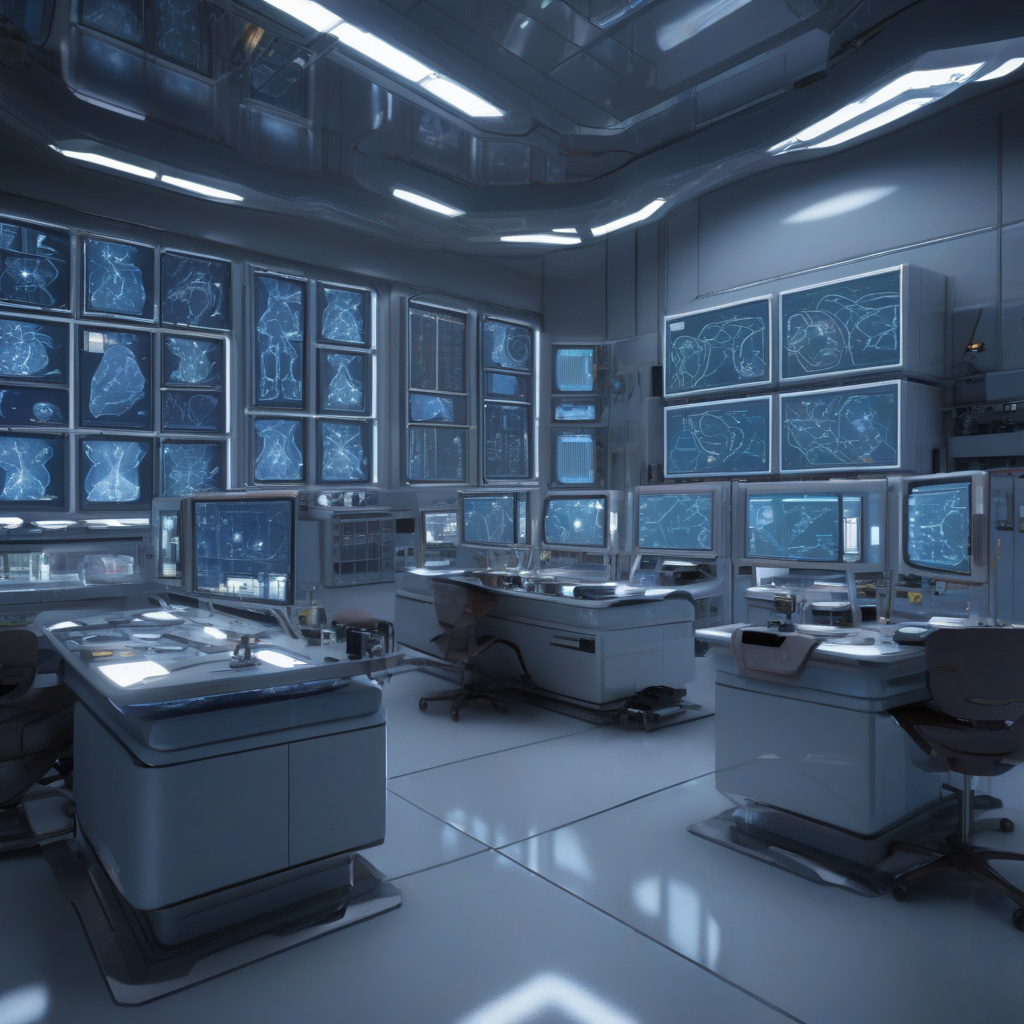In the rapidly evolving landscape of Artificial Intelligence (AI), reinforcement learning (RL) has emerged as a cornerstone in the development of intelligent AI agents. By integrating RL with multi-agent systems, a powerful synergy is created, enabling agents to not only compete but also coordinate and train within dynamic environments. This article aims to delve into the significance of reinforcement learning in shaping AI agent development, with a specific focus on implementing multi-agent systems to enhance their capabilities.
Understanding Reinforcement Learning in AI Agent Development
Reinforcement learning operates on the principle of trial and error, where AI agents learn to make decisions by receiving feedback in the form of rewards or penalties based on their actions. This iterative process allows agents to navigate complex environments and optimize their strategies over time. By leveraging RL algorithms, AI agents can autonomously learn from their experiences and adapt their behavior to achieve specific goals.
Harnessing the Power of Multi-Agent Systems
Integrating RL with multi-agent systems introduces a new dimension to AI agent development. In a multi-agent environment, agents interact with each other, creating a dynamic ecosystem where they must collaborate or compete to accomplish tasks efficiently. This setup mirrors real-world scenarios where multiple entities interact, making it an invaluable tool for training AI agents to navigate complex social dynamics and strategic interactions.
Benefits of Implementing Multi-Agent Systems in RL
- Enhanced Learning Capabilities: Multi-agent systems expose AI agents to diverse behaviors and strategies, fostering accelerated learning through interaction with other agents.
- Improved Coordination: By simulating collaborative and competitive scenarios, multi-agent systems enable agents to develop coordination skills essential for teamwork and strategic decision-making.
- Robustness and Adaptability: Training AI agents in multi-agent environments enhances their robustness and adaptability, preparing them to tackle uncertainties and evolving challenges effectively.
- Real-World Applications: The skills acquired through multi-agent reinforcement learning translate seamlessly into real-world applications such as autonomous driving, robotics, and decentralized systems.
Implementing Multi-Agent Systems in Practice
To implement multi-agent systems effectively, developers can utilize frameworks like OpenAI’s Multi-Agent Particle Environment (MPE) or Unity’s ML-Agents toolkit. These tools provide a platform for creating diverse environments and scenarios for AI agents to learn and interact. By designing challenging tasks and reward structures, developers can fine-tune the behavior of AI agents within the multi-agent framework, enabling them to master complex tasks and strategic decision-making.
In conclusion, the integration of reinforcement learning with multi-agent systems represents a significant leap forward in AI agent development. By leveraging the power of collaborative and competitive interactions, developers can equip AI agents with the skills necessary to navigate intricate environments and excel in diverse applications. As the field of AI continues to evolve, embracing multi-agent reinforcement learning is key to unlocking the full potential of intelligent AI agents in an ever-changing technological landscape.

